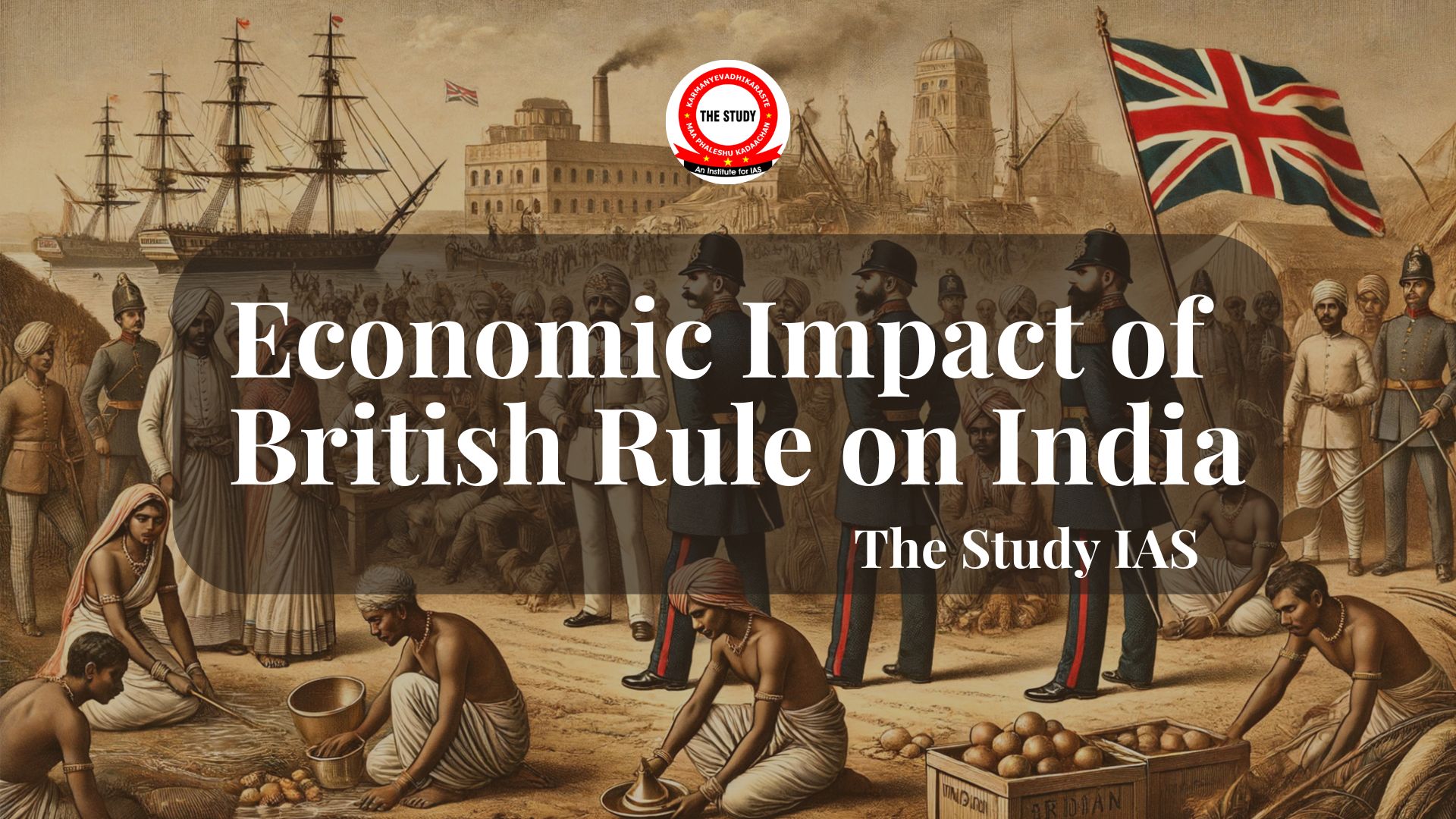Font size:
Print
Stability of oil prices amid war risks in West Asia
Context:
The conflict in West Asia, including Israel’s operations against Hamas and Hezbollah, has intensified. Despite the escalating tension, crude oil prices remain surprisingly stable due to balanced supply and demand factors. However, this stability may not last long.

Supply-Side Reasons:
- U.S. Shale Production: Increased U.S. shale oil output has reduced OPEC+’s control over prices. Shale becomes profitable above $70-75 per barrel, filling supply gaps.
- Diversified Sources: Production increases in non-OPEC+ countries like Canada, Brazil, and Guyana have diversified supply sources, reducing reliance on Middle Eastern oil.
- Ineffective Sanctions on Russia: Despite sanctions, Russia has managed to maintain oil exports through alternative routes, keeping supply steady.
- Declining Middle Eastern Share: The Middle East’s share of global oil production has dropped from 37% in 1974 to 29%, diminishing its impact on prices.
Demand-Side Reasons:
- China’s Economic Slowdown: Despite efforts to revive its economy, China’s demand for oil remains weak, limiting global consumption. The transition away from fossil fuels further hampers potential increases in demand.
- Rising Use in Other Markets: While consumption is increasing in markets like the U.S. and India, it is not enough to offset the decline in demand from China, keeping global consumption relatively stable.
- Projecting Stable Consumption: Although 2024 is expected to see a larger appetite for oil compared to previous years, the overall demand remains tempered by economic conditions, particularly in major consumer nations.
- Global Economic Conditions: Ongoing geopolitical tensions and economic uncertainties, including the Russia-Ukraine conflict, contribute to a cautious outlook on oil demand.
- Shift to Alternative Energy:Innovations in electric vehicles (EVs) and renewable energy sources can further decrease demand for oil over time, especially if prices rise sharply.
Potential threats to maintaining stable oil prices amid conflicts in West Asia:
- Escalation of Conflict: The 2021 Israel-Hamas conflict caused a rapid increase in oil prices due to fears of regional instability, especially if Iran becomes more involved.
- Geopolitical Risks: In 2019, drone attacks on Saudi Aramco reduced production by about 5% of global supply, demonstrating how such incidents can destabilise prices.
- Market Speculation: Early in the Russia-Ukraine conflict in 2022, speculative trading drove oil prices up due to fears of supply disruptions from Russia, despite no immediate impacts.
- Natural Disasters: Hurricane Katrina in 2005 disrupted Gulf of Mexico oil production, causing price spikes. Similar disasters could impact supply during geopolitical tensions.
- OPEC+ Dynamics: In 2020, OPEC+ faced challenges in reaching consensus on production cuts during the COVID-19 pandemic, leading to a price war and a fall in oil prices. Disagreements within the cartel could similarly destabilise prices.
Conclusion:
The Reserve Bank of India had projected crude oil at $85 per barrel, but actual prices and import bills have been even lower. However, this low volatility is not guaranteed.
As Tehran considers U.S. conditions for reviving the 2018 nuclear deal, it remains attentive to developments in Beijing, suggesting that risks of sudden price fluctuations could increase.



